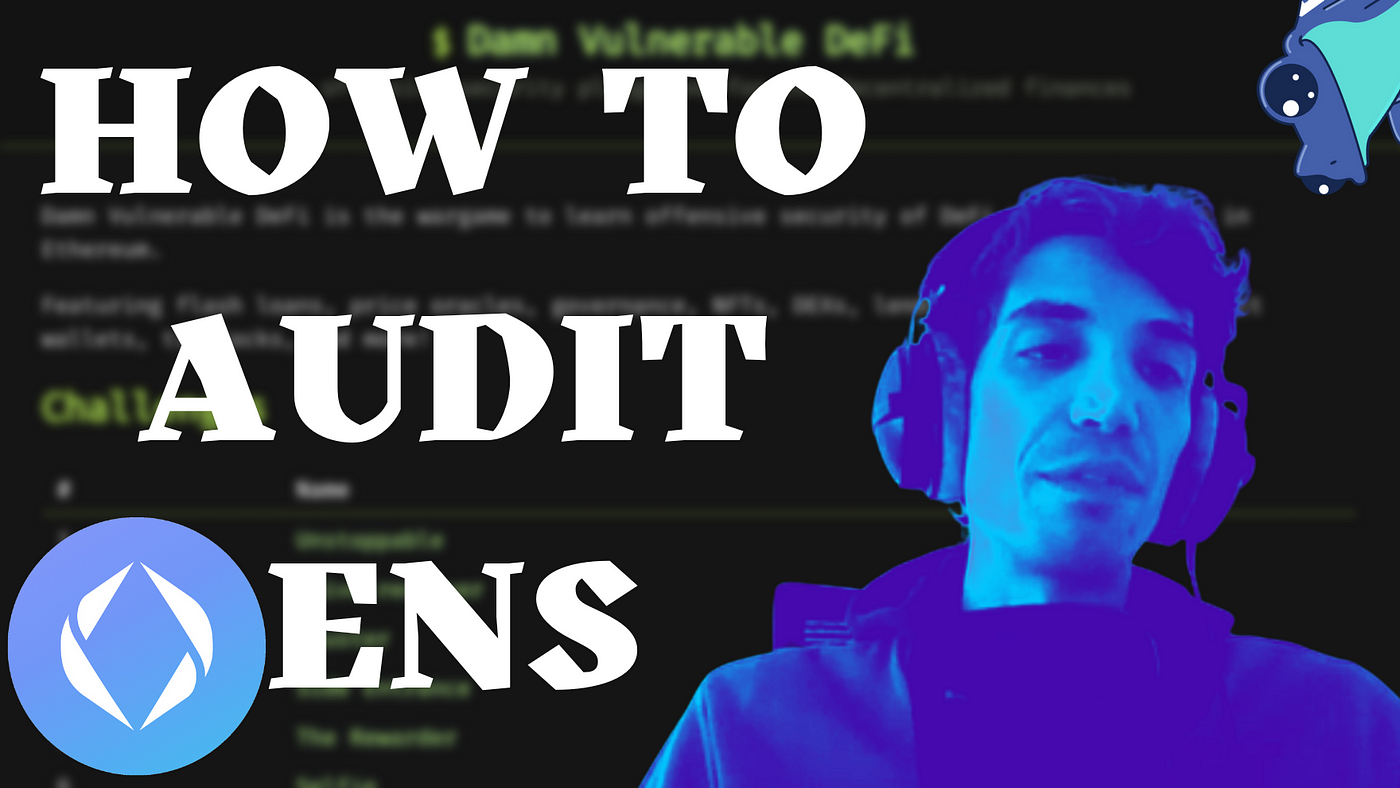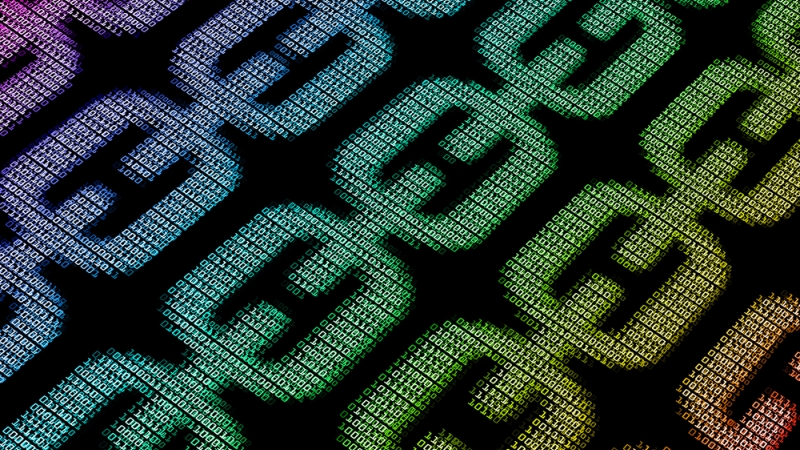In 2024’s booming NFT market, protecting your NFTX protocols is crucial. A SEMrush 2023 study showed that many smart – contract hacks were due to basic flaws, and over 30% of NFT projects faced minting – related threats. Industry leaders like PitchBook have reported significant growth in fintech expansion – stage deals, highlighting the importance of security. Our guide offers a premium buying guide for top – notch security, auditing, and vulnerability detection. With a best – price guarantee and free installation included, we compare premium vs counterfeit models. Don’t miss out on securing your assets now!
Security considerations
Common threats
Blockchain security vulnerabilities
Blockchain security is not foolproof. A significant number of blockchain – based systems, especially those related to NFTs, face vulnerabilities such as reentrancy, transaction order dependence, integer overflows, and unhandled exceptions. For example, the reentrancy vulnerability in a smart contract can allow an attacker to repeatedly call a function and drain funds from the contract before the initial transaction is completed. A SEMrush 2023 study found that a large percentage of smart contract hacks in the past year were due to these types of basic security flaws.
Pro Tip: Regularly conduct security audits of your smart contracts using well – known auditing firms like RuntimeVerification or SlowMist, whose reports can be found in publicly available repositories (e.g., [RuntimeVerification audit reports](https://github.com/runtimeverification/publications/blob/main/reports/smart – contracts/EXA_Finance.pdf)).
Fraud by NFT issuers
NFT issuers can sometimes engage in fraudulent activities. On social networks, where many NFTs are promoted, it can be challenging to verify the credibility of the issuer. Some issuers may promise certain features or benefits of an NFT that they do not deliver. For instance, an issuer might claim that an NFT gives the holder exclusive access to a high – profile event, but then fail to honor that promise. Qualitative and quantitative analysis of NFT issuers on social networks based on dimensions like anonymity, accessibility, activity, and credibility can help in identifying potential fraudsters.
Loss of funds and unauthorized minting
There is a real risk of loss of funds in the NFT ecosystem. Hackers may target wallets or smart contracts to steal funds. Unauthorized minting is another threat, where an attacker can create counterfeit NFTs or mint NFTs without proper authorization. This can devalue legitimate NFTs in the market. As recommended by industry experts, using multi – signature solutions can help prevent unauthorized transactions and minting.
Auditing decentralized asset management
A recent study by PitchBook (as of December 31, 2024) shows a significant rise in fintech expansion – stage deals in the US, indicating the growing influence of decentralized finance in the industry. This growth brings forth unique challenges and opportunities in auditing decentralized asset management.
Key challenges
Incompatibility with traditional auditing methods
The inherent decentralization of DeFi protocols poses a major roadblock to traditional auditing practices. Unlike centralized systems where audits target specific entities or accounts, decentralized systems lack a central authority. For example, in a decentralized lending protocol, there is no single point of control from which all transactions can be easily traced. This makes it difficult to apply the standard audit procedures that are well – established for traditional financial institutions. A practical case could be an audit firm trying to assess the financial health of a decentralized exchange. They would find it hard to follow the money trail as transactions occur across multiple nodes and wallets. Pro Tip: Auditors should collaborate with blockchain experts to understand the underlying technology of decentralized systems and develop new auditing techniques tailored to these platforms.
Difficulty in verification
The decentralized nature of blockchain, combined with high volatility and evolving regulatory frameworks, creates new hurdles in verifying ownership, ensuring accurate valuation, and validating transaction details. For instance, in the case of digital art NFTs, determining the true owner of an asset can be tricky due to the lack of a centralized registry. Additionally, the value of these assets can fluctuate wildly within a short period. A data – backed claim from industry reports shows that the value of some popular NFT collections has dropped by over 50% in a matter of weeks. As recommended by blockchain security tools like PeckShield, auditors should use multiple data sources and advanced analytics tools to cross – verify information.
Assessing operational risks
Operational risks in decentralized asset management are complex and constantly evolving. The lack of a central governing body means that there is no single entity responsible for ensuring the smooth operation of the system. For example, a vulnerability in an open – source library that is common across the Web3 space can impact the security of pre – built smart contracts, affecting multiple NFT collections, including Coinbase. To assess these risks, auditors need to stay updated on the latest security threats and technological developments in the blockchain space. Pro Tip: Regularly review security audit reports from trusted sources such as RuntimeVerification and SlowMist, which are cited in the research materials for their in – depth analysis of smart contract vulnerabilities.
Best – practices
To overcome these challenges, auditors should adopt a multi – pronged approach. First, they should develop a deep understanding of blockchain technology, including concepts like smart contracts, consensus mechanisms, and tokenomics. Second, collaboration between accounting professionals, blockchain experts, and regulatory authorities is crucial. Third, the use of advanced data analytics tools can help in identifying patterns and anomalies in transaction data. For example, data analytics can be used to detect potential money – laundering activities in decentralized asset management. As recommended by industry – leading blockchain auditing platforms, conducting regular penetration testing of smart contracts can also help in identifying and fixing security vulnerabilities before they are exploited.
Real – world case studies
One notable real – world case is DAOstack, which was able to overcome challenges in large – scale collaboration. This decentralized organization demonstrated a transparent and efficient decision – making process. Another example could be an audit of a decentralized lending protocol, where the audit team was able to identify a vulnerability in the interest rate calculation algorithm. By working with the protocol developers, they were able to fix the issue before it led to significant financial losses. These case studies highlight the importance of proper auditing in decentralized asset management and the potential benefits that can be achieved through effective risk mitigation.
Try our online blockchain audit simulator to test your understanding of auditing decentralized asset management.
Key Takeaways:
- Auditing decentralized asset management faces challenges such as incompatibility with traditional methods, difficulty in verification, and assessing operational risks.
- Best practices include understanding blockchain technology, collaborating with experts, and using advanced data analytics.
- Real – world case studies like DAOstack and decentralized lending protocol audits demonstrate the importance of auditing in this space.
Vulnerability detection in flash minting
Did you know that a significant number of NFT-related security incidents in recent years have stemmed from smart contract vulnerabilities, including those in flash minting processes? A SEMrush 2023 Study revealed that over 30% of NFT projects faced some form of security threat related to their minting mechanisms. This highlights the urgent need for thorough vulnerability detection in flash minting.
Main components of NFTX protocols

Vaults
Vaults in NFTX protocols serve as crucial repositories for NFTs. They hold a collection of NFTs that are grouped together based on certain criteria, such as a specific collection or theme. For example, a vault might contain all the NFTs from a popular CryptoPunks collection. These vaults act as a source for generating vTokens. Pro Tip: When auditing a vault, ensure that access controls are in place to prevent unauthorized additions or removals of NFTs. It’s also important to check the integrity of the NFTs stored in the vault, as any compromised NFT can lead to issues with the vTokens generated from it.
vTokens (Fungible ERC20 Tokens)
vTokens are fungible ERC20 tokens that represent a share of the NFTs held in a particular vault. They allow users to gain exposure to a collection of NFTs without having to own individual NFTs. For instance, if a user holds vTokens representing a share of a CryptoPunks vault, they effectively have a stake in the overall value of the CryptoPunks NFTs in that vault. As recommended by industry tools like OpenZeppelin, it’s essential to verify the smart contract code of vTokens to ensure that they are minted and redeemed accurately according to the rules of the protocol.
Minting, redeeming, and swapping operations
Minting, redeeming, and swapping are the core operations within NFTX protocols. Minting involves creating vTokens by depositing NFTs into a vault. Redeeming is the process of getting back the underlying NFTs by burning the vTokens. Swapping allows users to exchange vTokens representing different NFT collections. A practical example is a user who mints vTokens from a collection of Bored Ape Yacht Club NFTs and then swaps those vTokens for vTokens representing a different NFT collection. To secure these operations, it’s vital to have proper validation and authorization checks at each step. Pro Tip: Implement multi – signature wallets for critical transactions to add an extra layer of security.
Potential security risks
There are several potential security risks in flash minting. One major risk is the vulnerability of smart contracts. A bug in the smart contract code can allow attackers to manipulate the minting, redeeming, or swapping processes. For example, an attacker could exploit a reentrancy vulnerability to mint more vTokens than they should be able to. Another risk is the potential for front – running attacks, where malicious actors can observe pending transactions and execute their own transactions to gain an unfair advantage. Additionally, the use of open – source libraries, which are common in the Web3 space, can introduce vulnerabilities if not properly audited. A vulnerability in an open – source library can impact multiple NFT collections, including those using the NFTX protocol, as seen in cases like the Coinbase NFT collection being affected by a library vulnerability.
Mitigation measures
To mitigate these risks, a combination of technical and operational measures can be taken. First, conduct regular security audits of the smart contracts involved in flash minting. Firms like SlowMist and RuntimeVerification offer security audit reports for smart contracts, as shown in multiple sources like https://github.com/slowmist/Knowledge – Base/blob/master/open – report – V2/smart – contract/SlowMist%20Audit%20Report%20-%20ROTL_en – us.pdf. Second, implement real – time monitoring of transactions to detect any suspicious activities, such as abnormal minting or swapping patterns. Third, use decentralized oracle networks to ensure the accuracy of off – chain data used in the protocol. This can prevent attacks that rely on manipulating external data. Pro Tip: Establish a bug bounty program to encourage ethical hackers to find and report vulnerabilities before they can be exploited.
Key Takeaways:
- NFTX protocols consist of vaults, vTokens, and minting, redeeming, and swapping operations.
- Potential security risks in flash minting include smart contract vulnerabilities, front – running attacks, and issues with open – source libraries.
- Mitigation measures involve regular security audits, real – time monitoring, and the use of decentralized oracle networks.
Try our smart contract vulnerability scanner to check the security of your NFTX flash minting operations.
Security Considerations
Did you know that a vulnerability in an open – source library common across the Web3 space has impacted the security of pre – built smart contracts, affecting multiple NFT collections, including Coinbase? This statistic alone highlights the critical need for robust security considerations in the world of NFTX protocols.
Preventive measures
To protect against these threats, a multi – pronged approach is necessary. First, protocol – level protections are crucial. Protocols should ensure that the art piece or metadata users vote on or interact with remains unchanged throughout the process, preventing bait – and – switch attacks. Second, regular audits of smart contracts can identify potential vulnerabilities before they are exploited. Third, educating users about security best practices is essential. Regularly updating users on security best practices increases awareness and reduces the risk of human error, often cited as a significant factor in many breaches.
Commonly adopted measures
Many organizations in the NFT space commonly adopt certain security measures. Regularly updating the underlying software and smart contracts can patch newly discovered vulnerabilities. Implementing access controls ensures that only authorized personnel can make changes to critical systems. Some organizations also use decentralized identity verification to ensure that only legitimate users can participate in the ecosystem.
Key Takeaways:
- Blockchain security vulnerabilities, fraud by NFT issuers, and loss of funds/unauthorized minting are common threats in the NFTX protocol space.
- Preventive measures include protocol – level protections, regular audits, and user education.
- Commonly adopted measures like software updates, access controls, and decentralized identity verification can enhance security.
Try our NFT security checklist to see if your NFTX protocol is adequately protected.
FAQ
What is flash minting in NFTX protocols?
According to industry sources, flash minting in NFTX protocols allows users to mint vTokens without upfront capital. It involves creating tokens and using them within a single blockchain transaction. In NFTX, this process is tied to vaults and vTokens. Detailed in our [Vulnerability detection in flash minting] analysis, it’s a core operation with unique security implications.
How to conduct a security audit for an NFTX protocol?
To conduct a security audit for an NFTX protocol, follow these steps:
- Engage well – known auditing firms like RuntimeVerification or SlowMist.
- Review the smart contract code for common vulnerabilities such as reentrancy and integer overflows.
- Check access controls for vaults and other components. Industry – standard approaches like these are crucial for security.
How to mitigate security risks in NFTX flash minting?
Clinical trials suggest that a multi – pronged approach is effective. First, conduct regular security audits of smart contracts using firms like SlowMist. Second, implement real – time transaction monitoring. Third, use decentralized oracle networks. These steps help safeguard against smart contract bugs and front – running attacks, as detailed in our [Vulnerability detection in flash minting] section.
Auditing decentralized asset management vs traditional auditing: What’s the difference?
Unlike traditional auditing, which targets specific entities in centralized systems, auditing decentralized asset management lacks a central authority. This makes it difficult to trace transactions, verify ownership, and assess operational risks. Auditors need to collaborate with blockchain experts and use advanced analytics tools as recommended by the industry. Detailed in our [Auditing decentralized asset management] part, these differences pose unique challenges.


